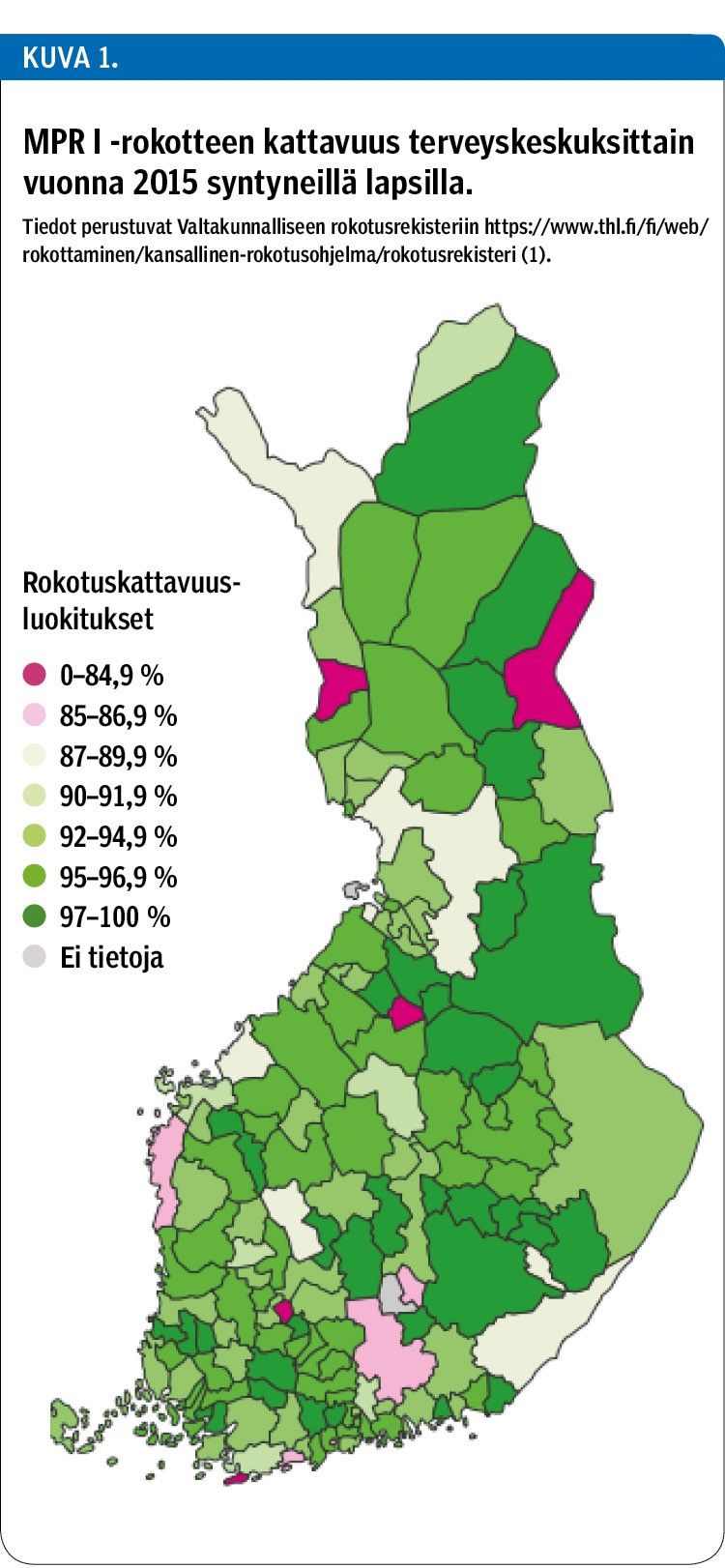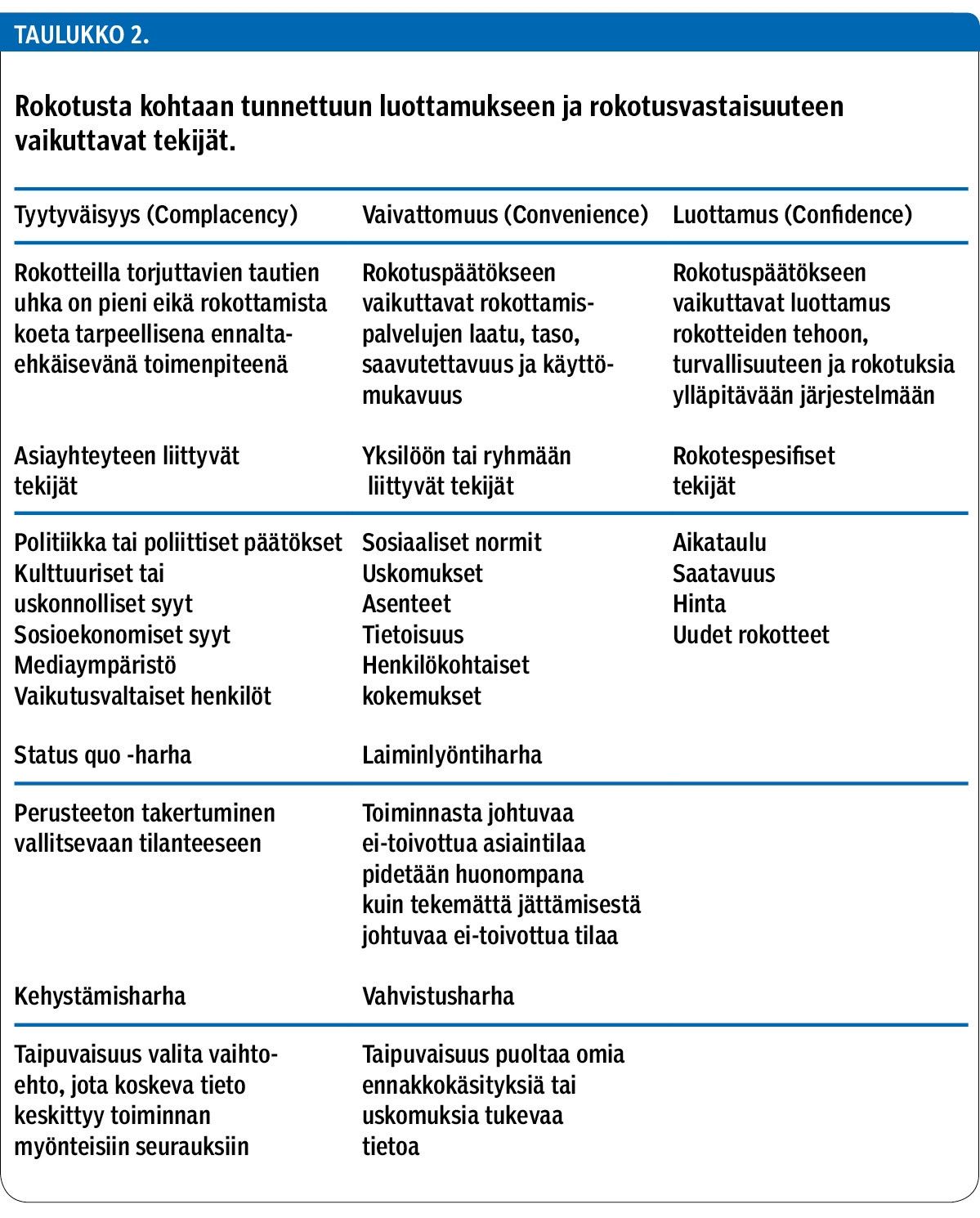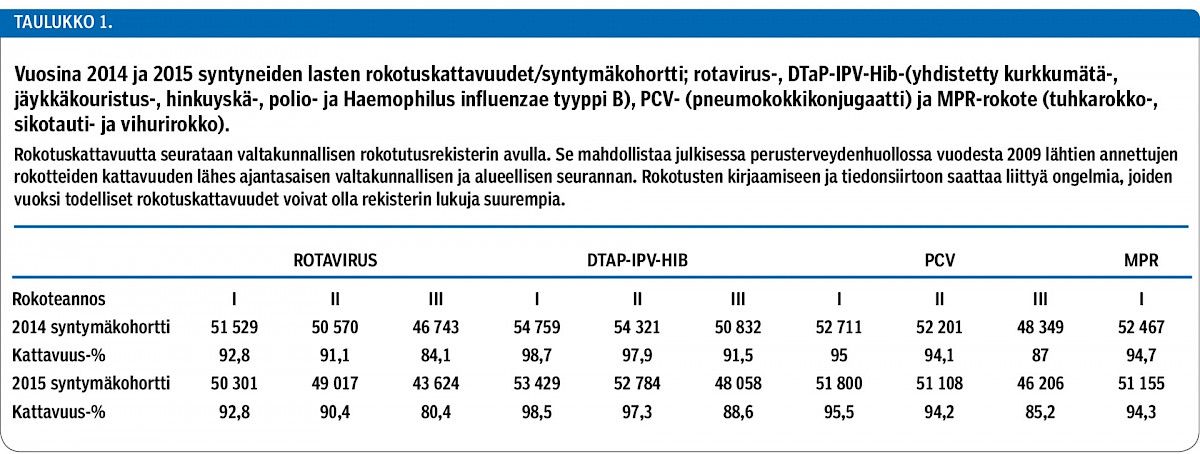Vaccine attitudes and factors affecting vaccine coverage

On average, the level of vaccine coverage in Finland is good. However, pockets of low coverage exist in certain areas. To a certain extent, the low coverage is a result of vaccine hesitancy. Vaccine hesitancy is a term developed by the WHO Strategy Advisory Group of Experts (SAGE) on Immunization. Vaccine attitudes are considered to exist on a continuum between total acceptance and complete refusal, with most people having a positive attitude towards vaccination. A crucial aspect about vaccine hesitancy is that it also encompasses other reasons behind low vaccine coverage than so-called ideological vaccine refusal. Factors related to complacency (when the perceived risk of vaccine-preventable diseases is low and vaccination is not considered a necessary preventive action), and convenience (when the quality and degree of vaccination services affects the decision to be vaccinated) can also have a considerable effect on vaccination coverage. Mandatory vaccinations have been publicly discussed as a possibility to ensure good coverage. However, mandatory vaccination includes many risks that may, in the end, be harmful when it comes to people’s attitudes towards both vaccinations and the health care system in general. Therefore, mandatory vaccinations are not considered a constructive way to handle vaccine hesitancy in Finland. Good vaccination coverage can be ensured through various actions and interventions. A well-functioning national vaccination programme (NVP) forms the foundation for operations and actions aiming to maintain good coverage. Nonetheless, there is an increasing need for both research-based knowledge about determinants that affect vaccination coverage and vaccine-related behaviour and research-based actions and strategies.















